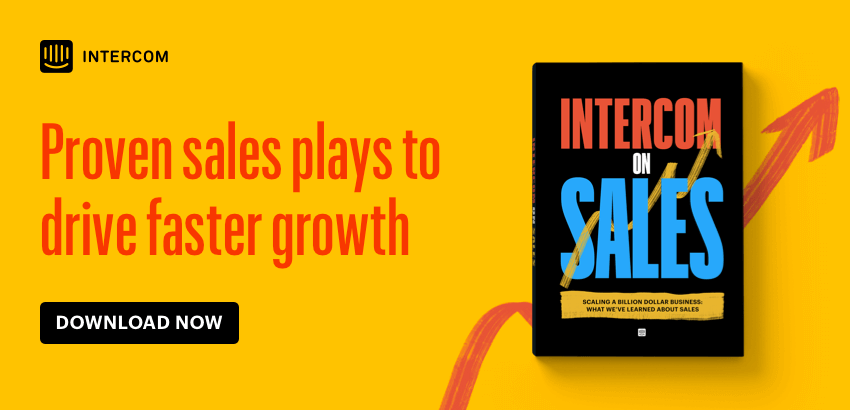
Capture your invisible pipeline of sales leads
Main illustration: Heidi Berton
The most common way to think about leads is to put them in two buckets: inbound and outbound. The first is owned by marketing and the second by sales. But I’d like to introduce the idea of a third, your invisible leads.
These are the invisible buyers who visit your website, check out your product and even research your solution on a site like G2Crowd or LinkedIn, but ultimately, never get in touch. And unlike your visible pipeline of inbound and outbound leads, your invisible leads can’t be called or emailed.
Where does the invisible sales pipeline come from?
Your invisible sales pipeline are all of those people who visit your website but will never fill out a contact form. For most companies, that’s the vast majority of their website visitors. The median conversion rate for landing pages, across all industries, is just 2.35%.
“Your invisible sales pipeline are all of those people who visit your website but will never fill out a form”
If you’re in sales like I am, you’ve probably never stopped to think about it. We’re trained to focus on the 2% of leads who do fill out a form and then sell to the even smaller percentage that are passed to us as qualified leads. We’re not thinking, “I could be doing more to engage the other 98% of folks that are also researching my solution.”
The challenge is until you do, these website visitors will remain part of your invisible, untapped sales pipeline.
Shining a light on your invisible sales pipeline
So how you can get visibility into buyers in your invisible sales pipeline? And then find the ones worth talking to and have a conversation with them?
1. Find and pick the right sales tool
The first step is to find a tool that can shine a light into who your website visitors are, where they’re coming from and the companies they work for. Remember, your traditional CRM and marketing tools only have visibility into your real pipeline, hence the value of products like Intercom.
2. Talk to your high value website visitors
The second step is taking the data on your invisible sales pipeline and using it to convert website visitors who otherwise wouldn’t fill out a form into legitimate sales opportunities. The easiest way to do this is by initiating conversations while they’re browsing your website. Here are a few tips:
- Before you do anything, define your criteria for a high value lead. For example, is it companies of a certain size or type?
- Use an app like Clearbit Reveal to proactively reach out to leads on your website who meet that criteria.
- Have your sales reps connect with and qualify the leads in real time and if they can, convert the opportunity.
- If the lead isn’t ready, automatically follow up with them and use the data you’ve collected to tailor your message.
3. Get comfortable closing deals in real time
The last step is getting comfortable with a real-time sales motion. If your sales reps are chatting with a lead who’s ready to buy, you should have them close the deal. To drive maximum revenue potential, your sales process should be built around moving the prospect through the funnel at the speed at which they want to go. Plain and simple, anything that prevents you from taking a credit card number is a leak in your funnel.
Don’t leave cash on the table
A lot is changing, and rapidly, in the sales world. Your leads expect to buy in real time and they’re now demanding that sales organizations operate in this way. If you continue to wait for leads to fill out forms, your invisible sales pipeline will only grow. Until you shine a light on it, you’re just going to keep leaving cash on the table.








